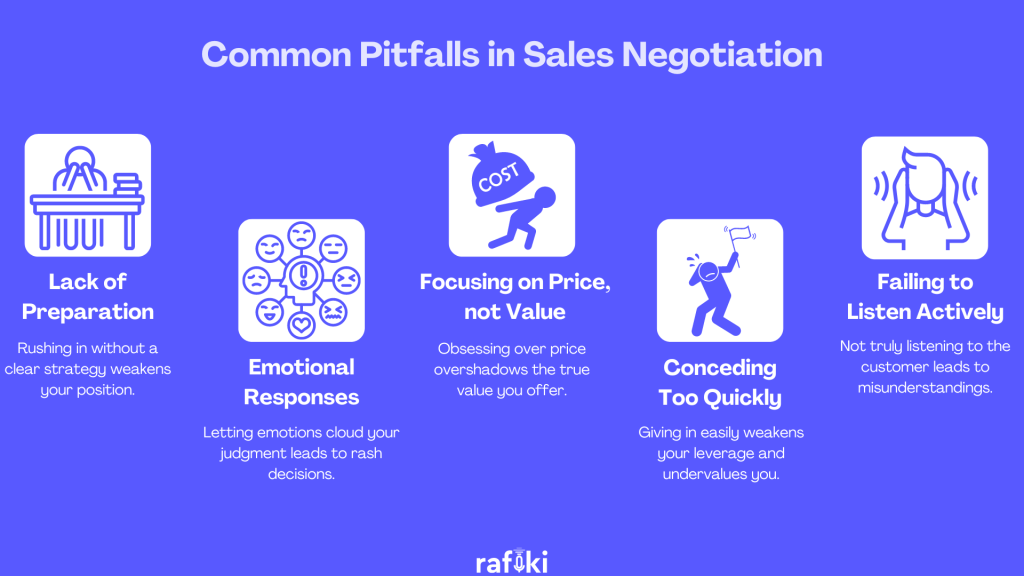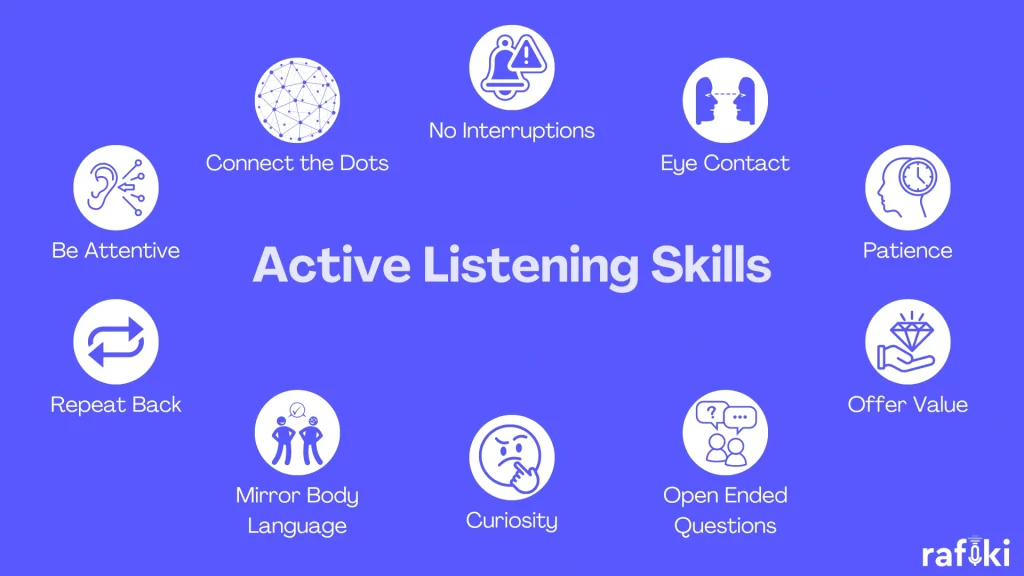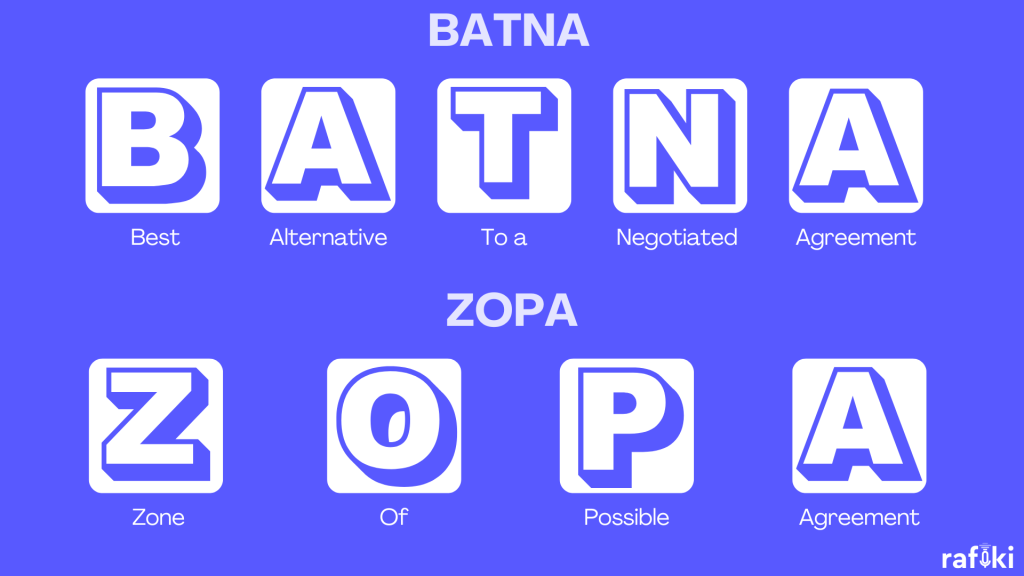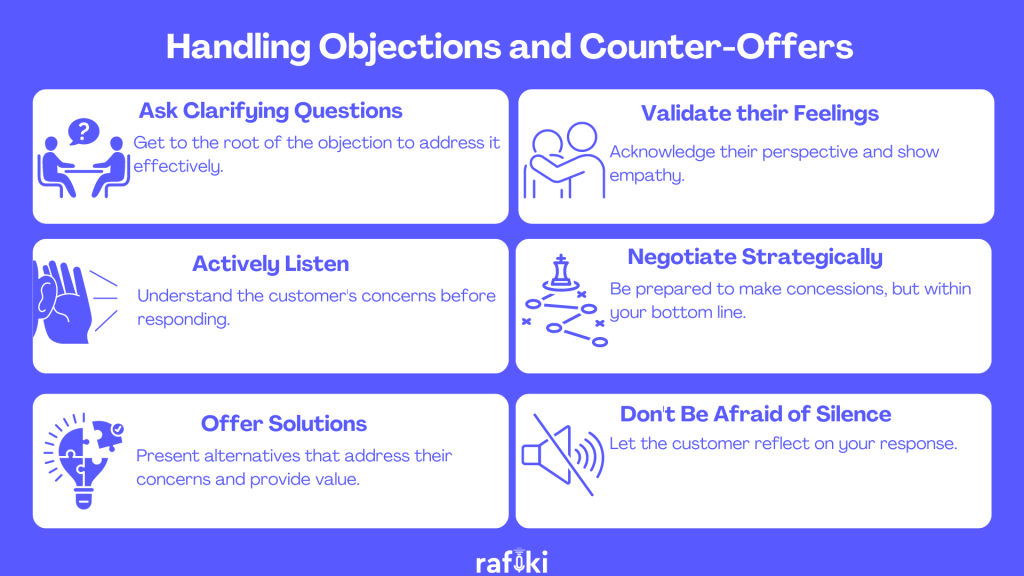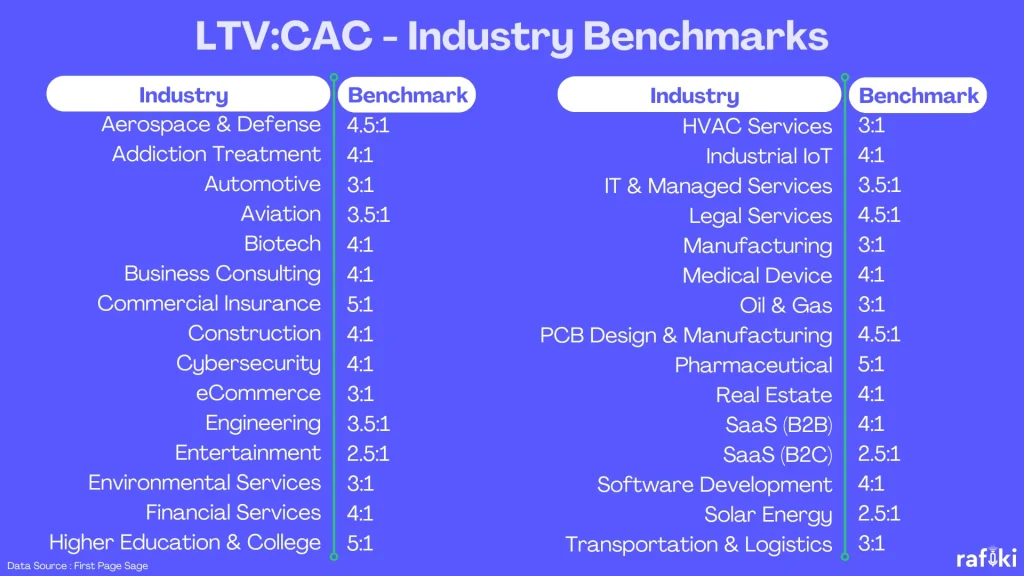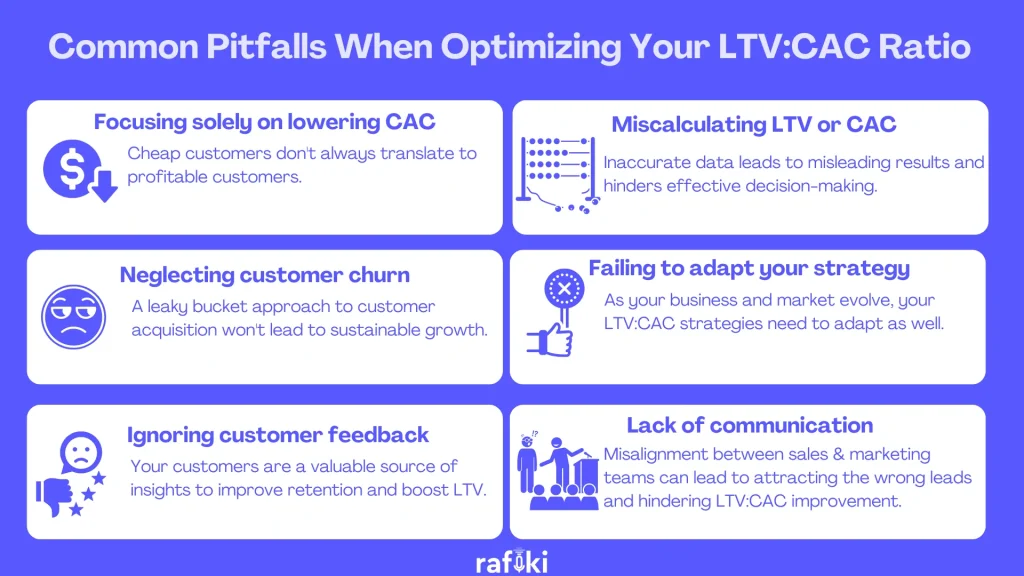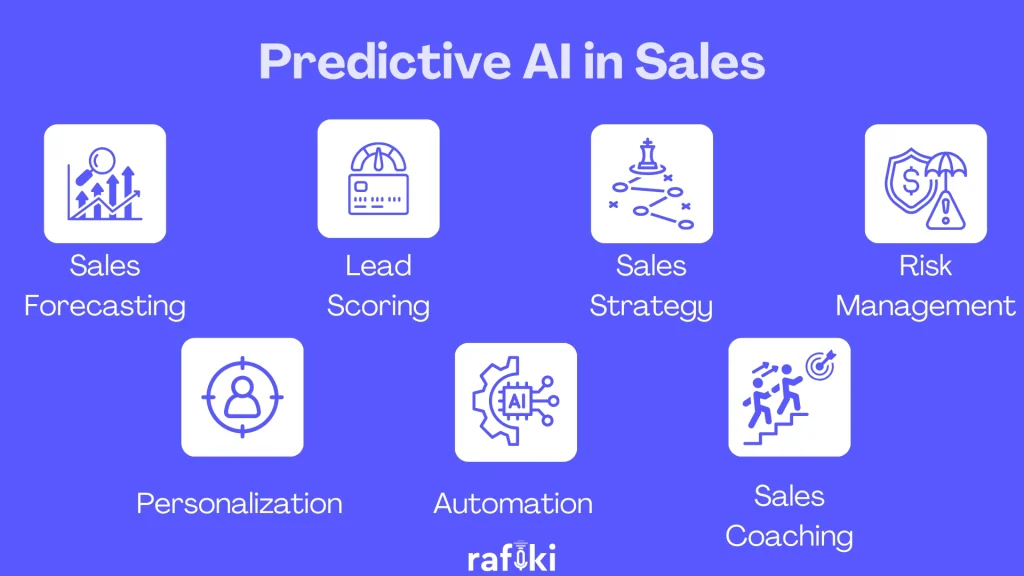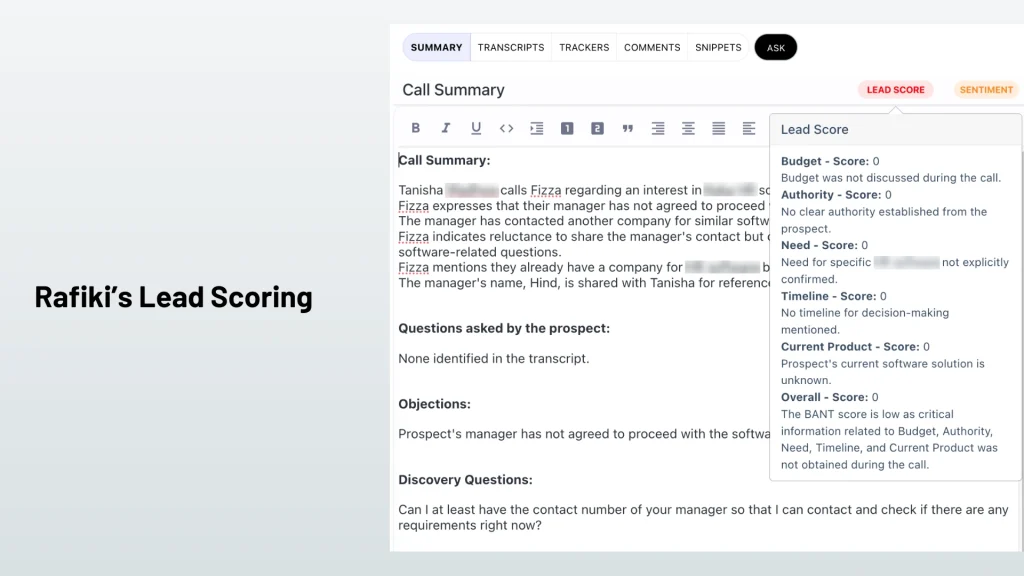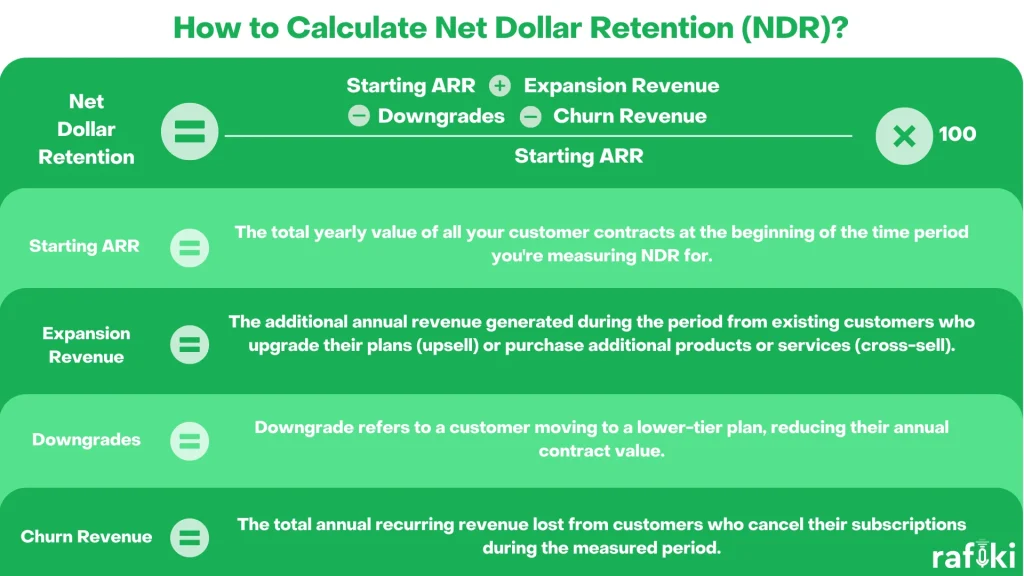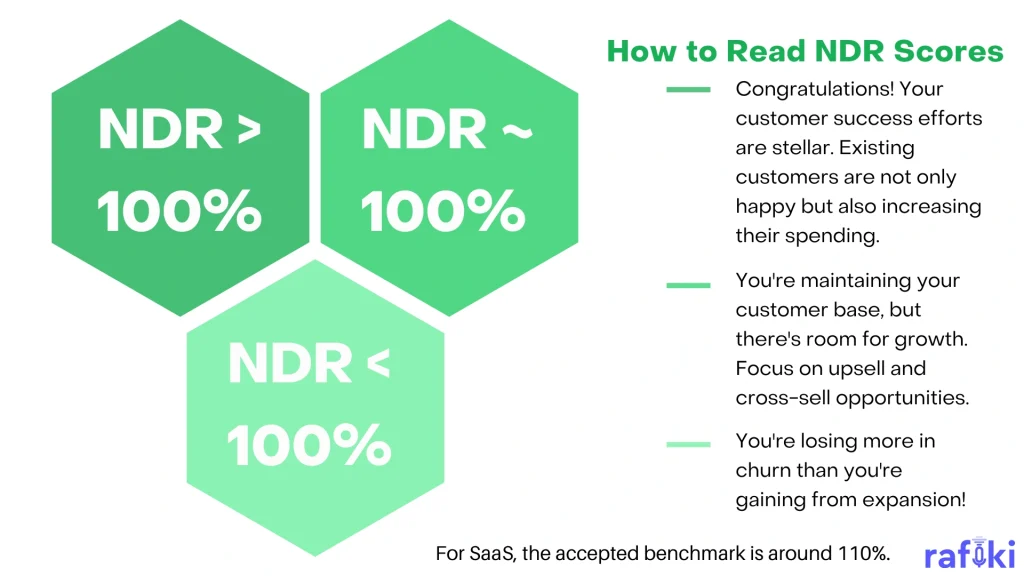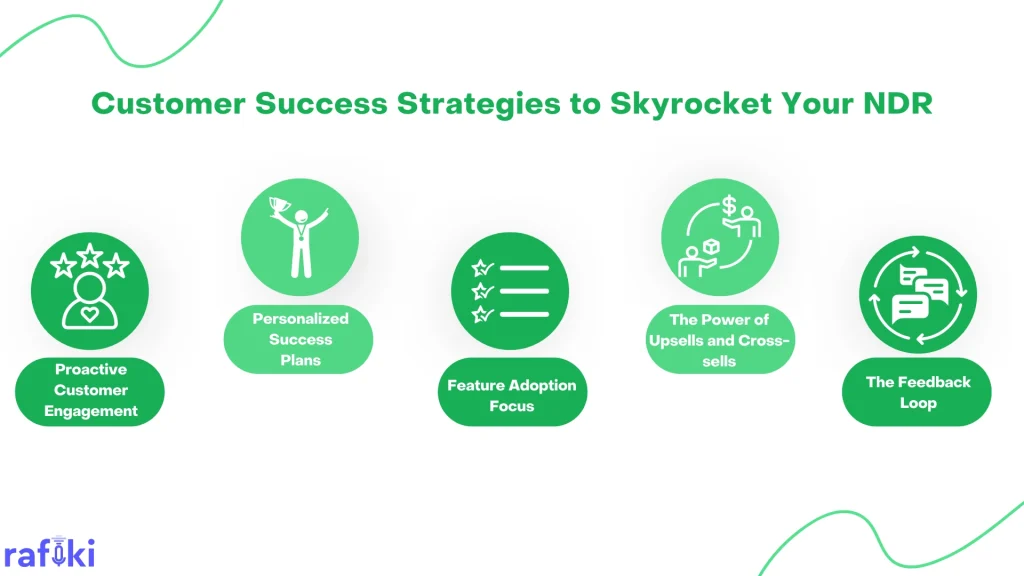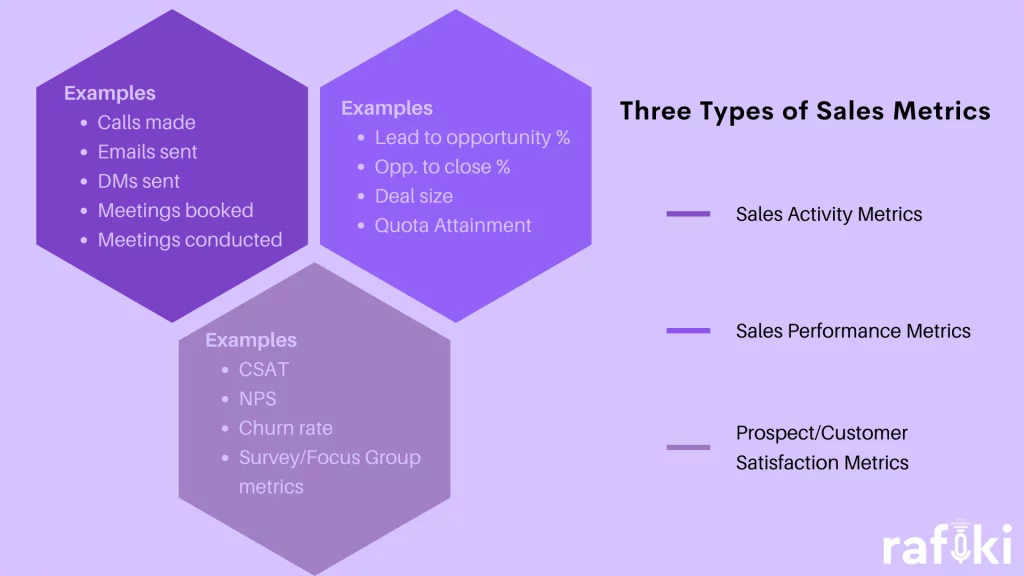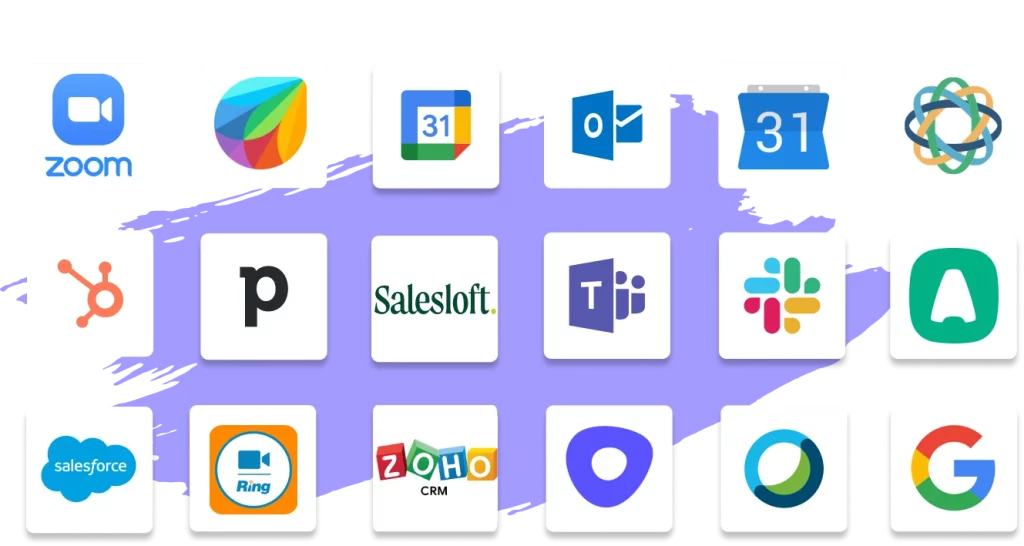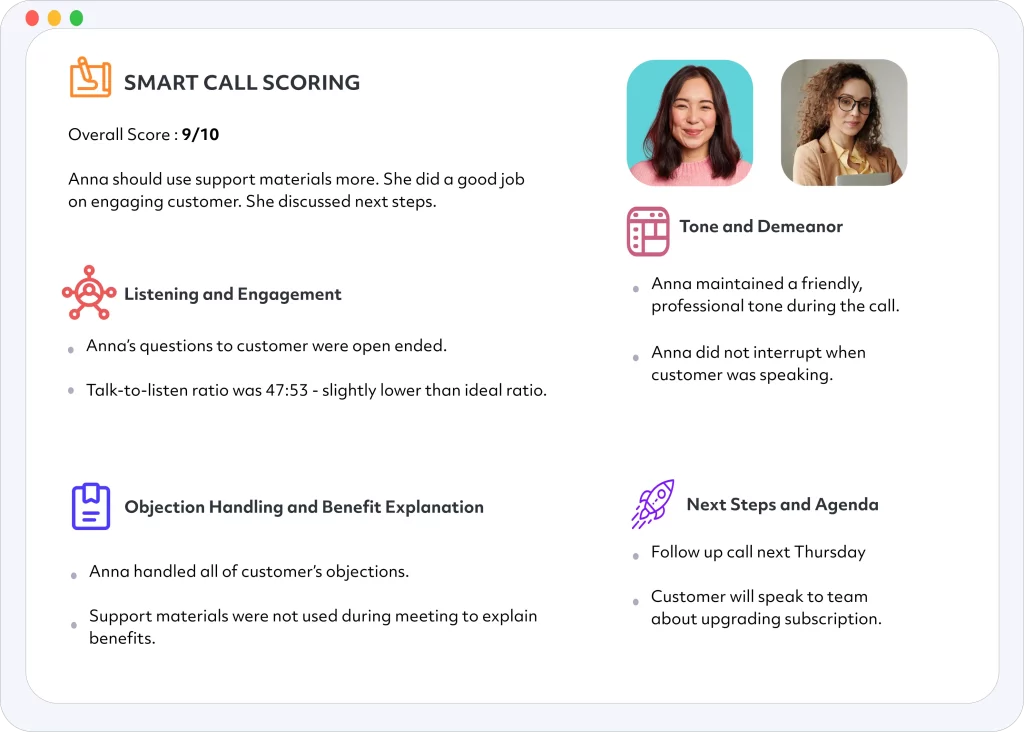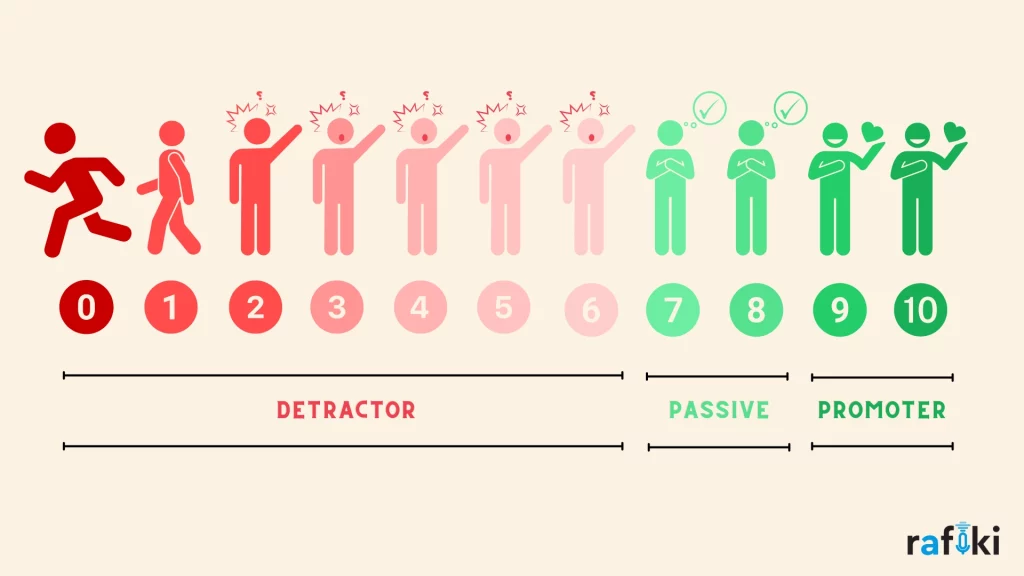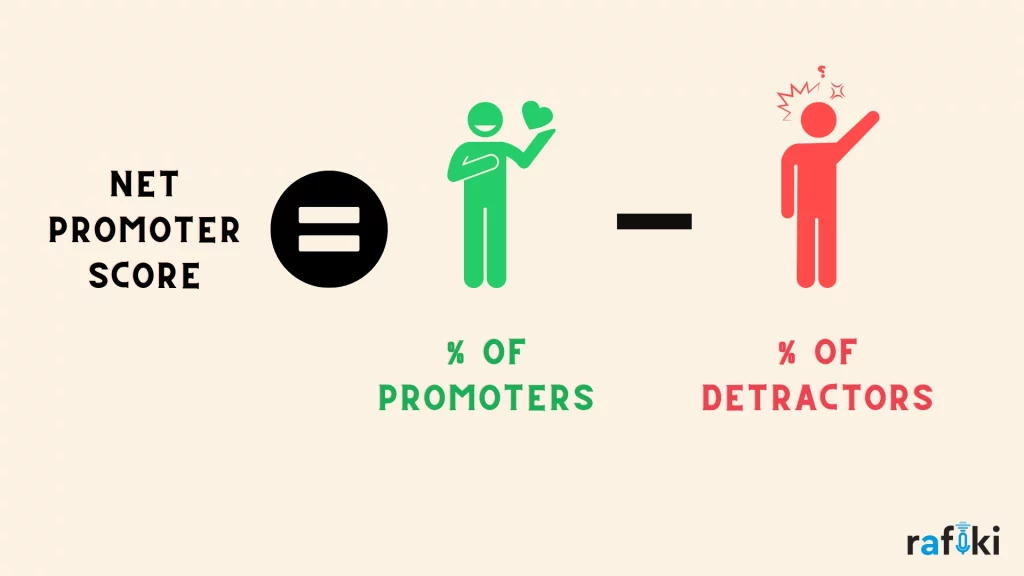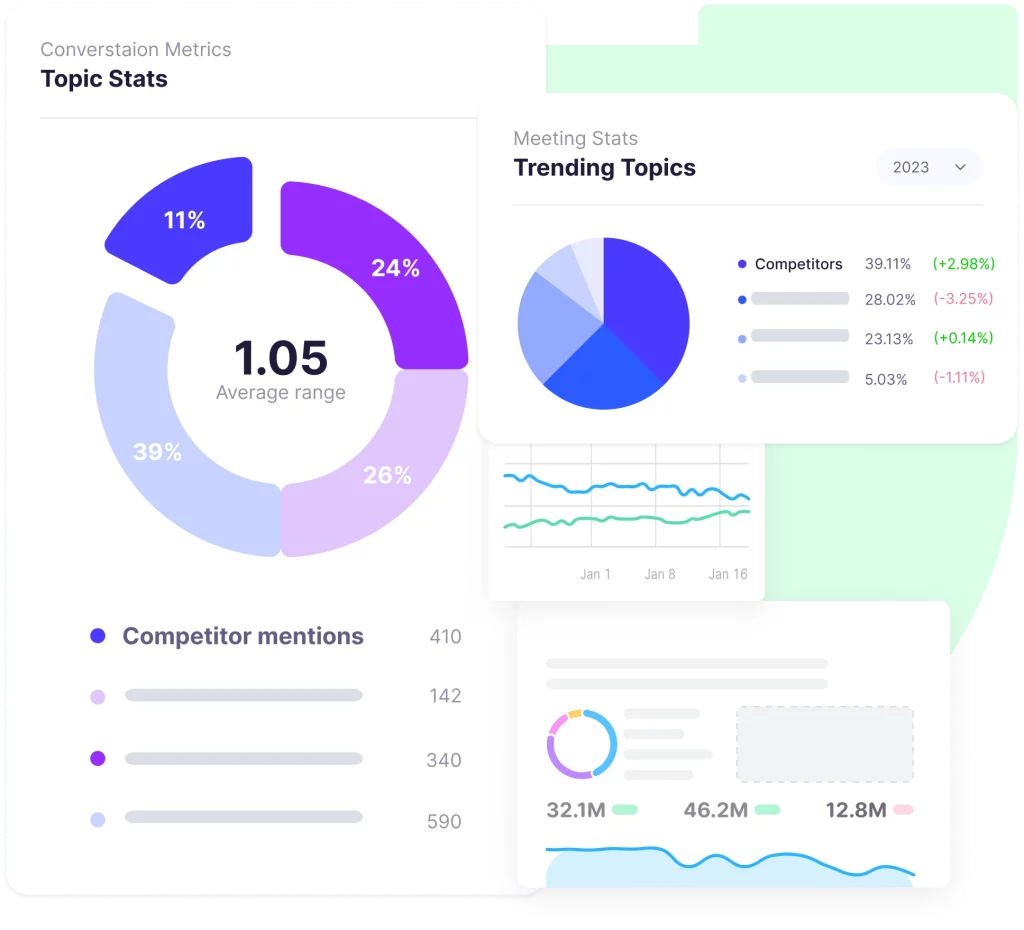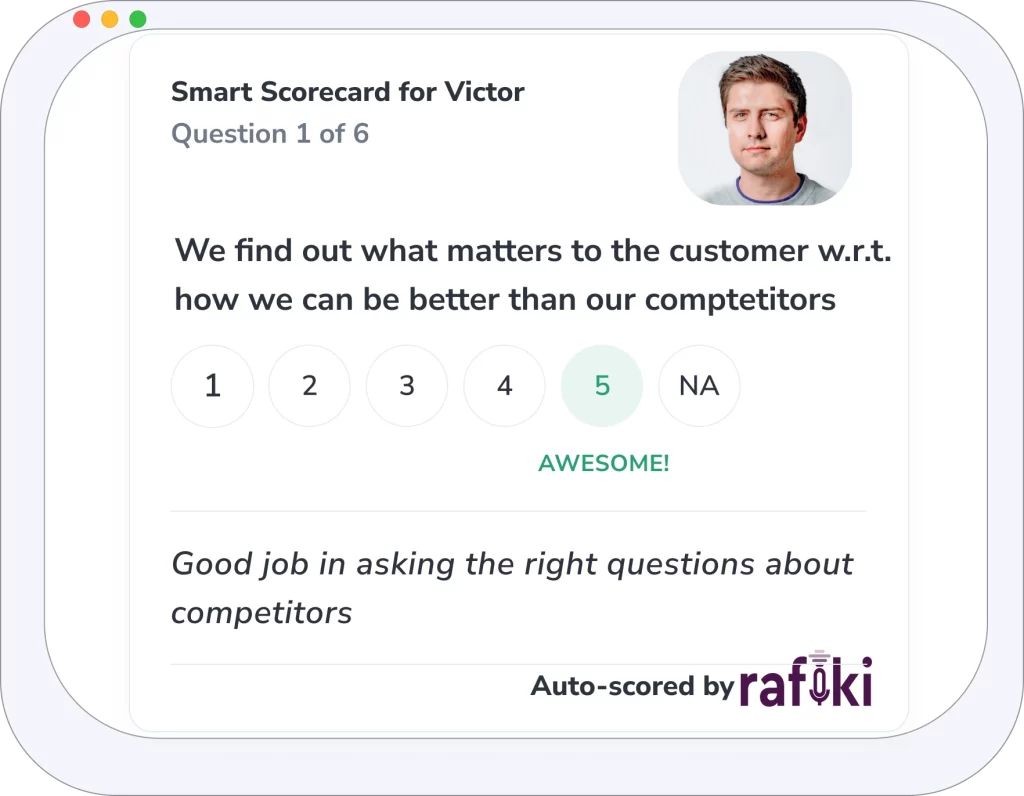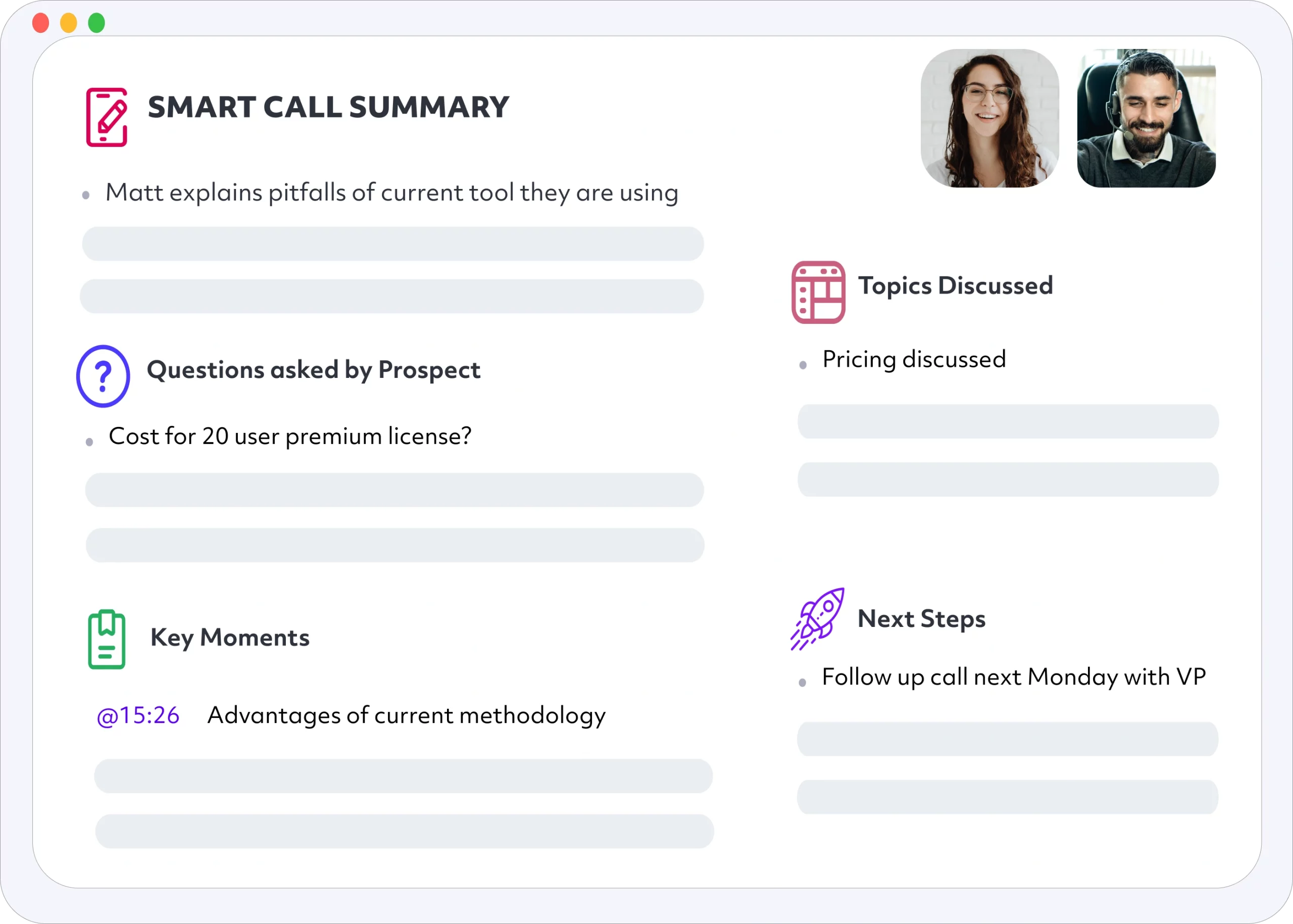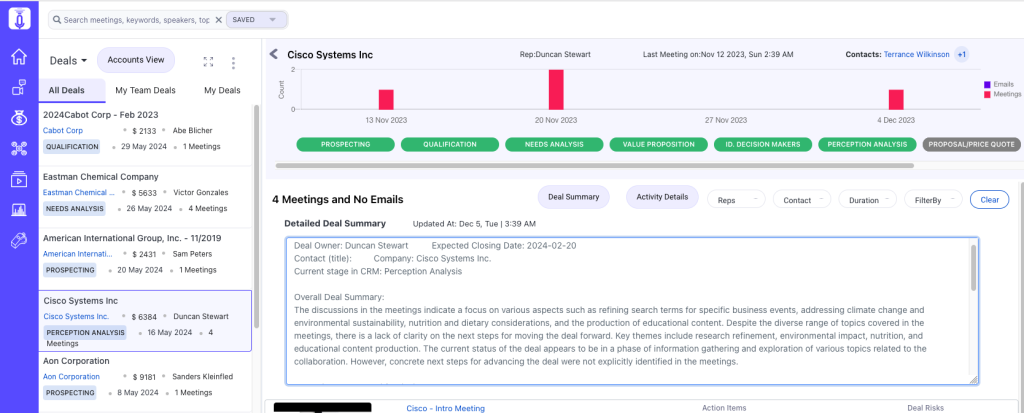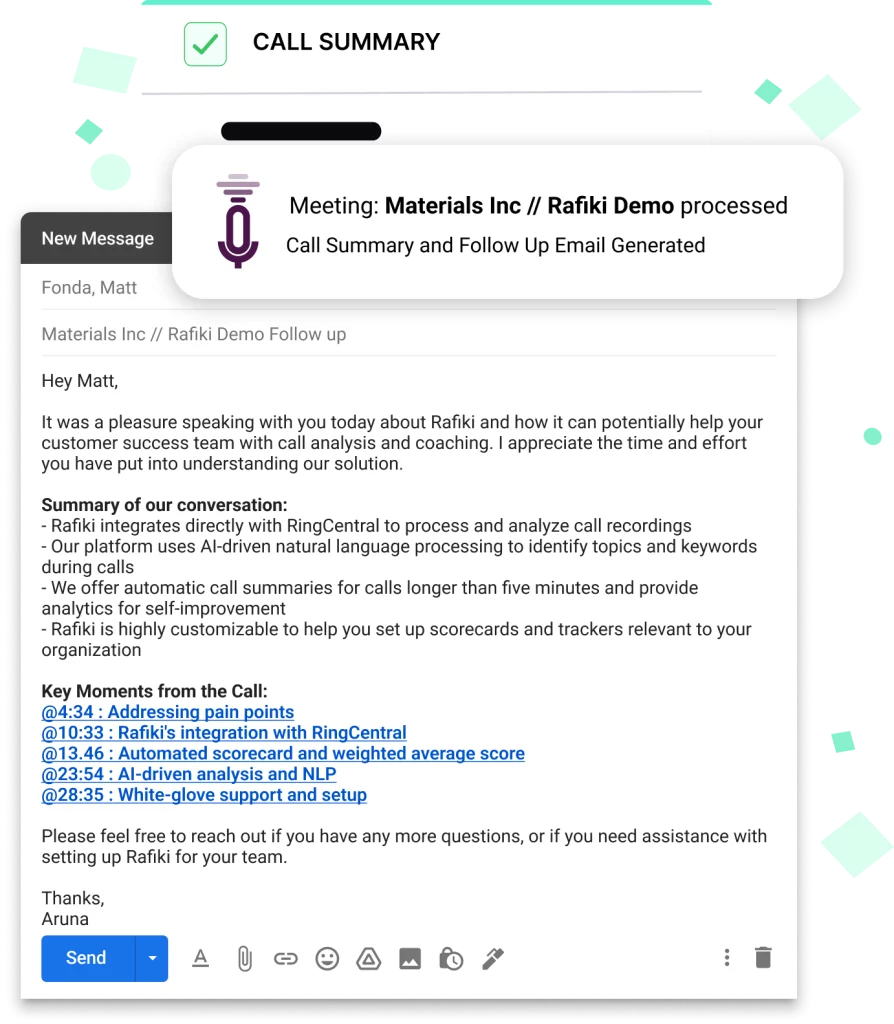Revenue Operations (RevOps): What Is It & Do You Need It?
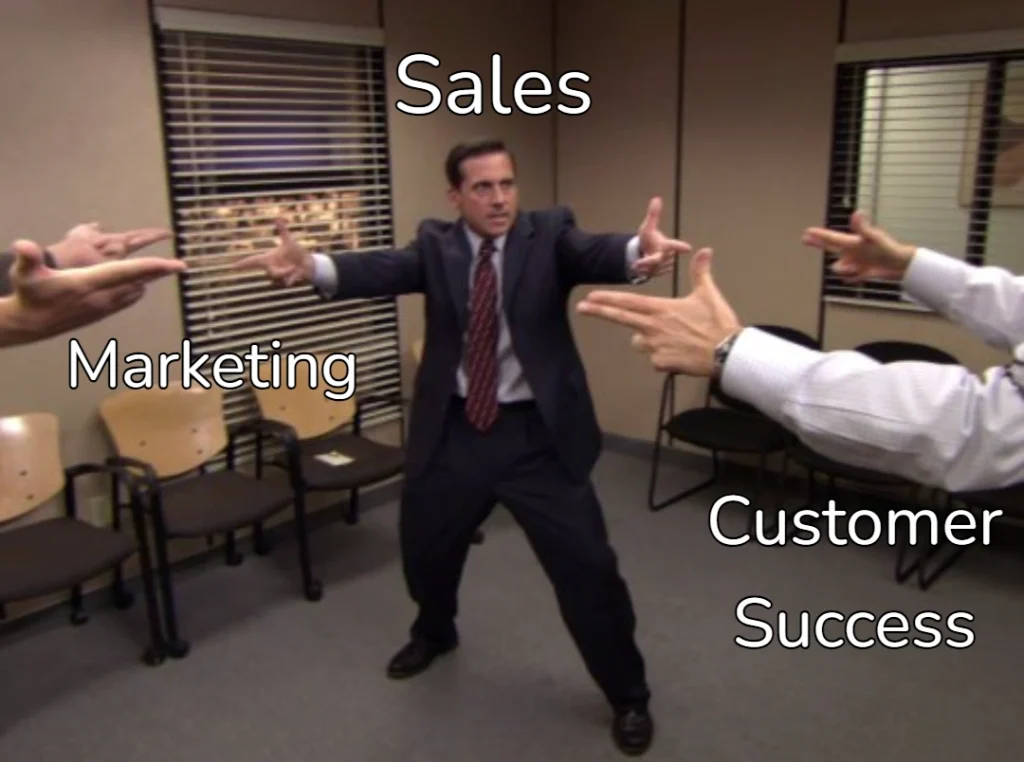
Ever feel like your sales, marketing, and customer success teams are operating in silos, or worse, at each other’s throats in meetings? This disconnect can lead to missed opportunities, frustrated customers, and ultimately, stunted revenue growth. RevOps (revenue operations) tackles this head-on by aligning these critical functions.
It fosters collaboration, streamlines processes, and equips teams with the data and insights they need to win. In short, RevOps is the glue that holds your revenue engine together.
Let’s dive in~
What Does RevOps Do?
RevOps isn’t just about bringing teams together for a pizza party (although those can’t hurt!). It’s about creating a strategic framework that breaks down departmental barriers and ensures everyone is working towards the same goal: driving revenue growth.
It focuses on several key areas:
- Data unification: RevOps integrates data from various sources (CRM, marketing automation, customer support) to provide a holistic view of the customer journey. This eliminates information gaps and empowers teams to make data-driven decisions.
- Standardized processes: It implements consistent processes across departments. This ensures everyone is on the same page, from lead generation to qualification to customer onboarding. Standardized processes also prevent rework and improve efficiency.
- Technology enablement: It leverages technology to automate tasks, improve communication, and generate insights. For example, Rafiki’s Smart Call Summary can automatically summarize calls with prospects, freeing up reps’ time to focus on selling.
- Performance measurement: It establishes key performance indicators (KPIs) to track progress and measure success. This data helps identify areas for improvement and ensures everyone is accountable for achieving revenue goals.
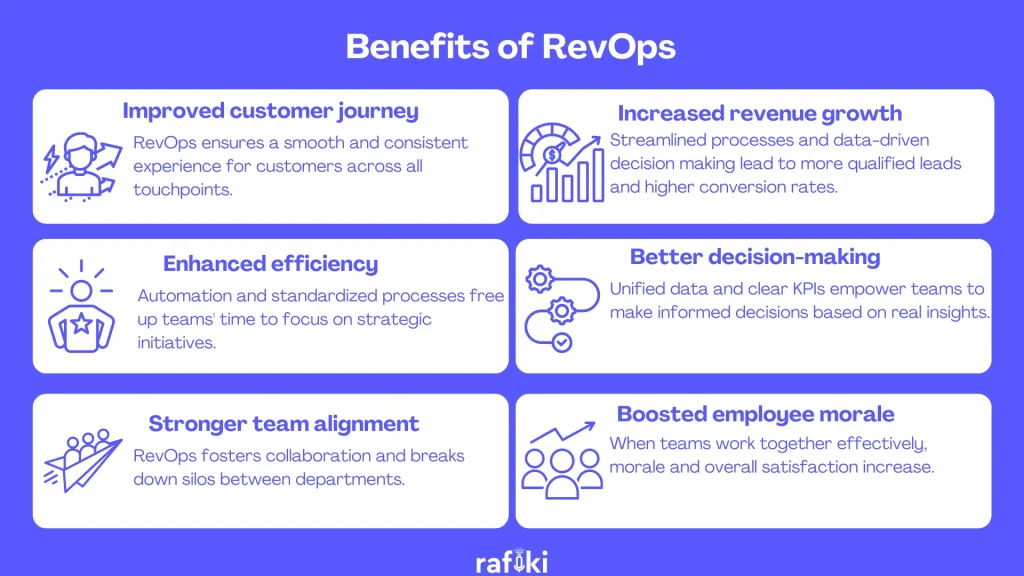
When Does Your Business Need a RevOps Team?
While RevOps offers significant benefits, it’s not a one-size-fits-all solution. Here are some signs that your business might be ready to invest in a dedicated team:
- Misalignment between Sales, Marketing & Customer Success: Are your departments operating in silos? Do you experience frequent handoffs and finger-pointing? These are classic signs of a disconnect that RevOps can help bridge.
- Rapid Growth: As your business scales, the complexities of managing the customer journey increase. A RevOps team can ensure your processes and data infrastructure keep pace with your growth.
- Data Overload & Decision Paralysis: Are you drowning in data but struggling to translate it into actionable insights? RevOps can help unify your data and provide the tools you need to make data-driven decisions with confidence.
- Inefficient Processes: Are your sales and marketing funnels leaky? Is customer onboarding a clunky process? RevOps can streamline processes and identify areas for improvement.
- Desire for Scalable Revenue Growth: If you’re looking to take your revenue growth to the next level, RevOps provides the foundation for a sustainable and scalable strategy.
Imagine your sales and marketing teams working in perfect harmony, armed with real-time customer insights. Imagine your customer success team proactively identifying and addressing churn risks (which you can do with Rafiki by the way!). This is the power of RevOps in action.
Team Structure
The ideal structure of a RevOps team will vary depending on the size and complexity of your organization. However, some common roles include:
- RevOps Leader: Oversees the entire strategy, sets goals, and ensures alignment across departments. (Provides strategic direction and steers the ship).
- Sales Operations Manager: Streamlines sales processes, automates tasks, and implements sales technologies. (Optimizes the sales engine for efficiency).
- Marketing Operations Manager: Manages marketing automation tools, analyzes marketing data, and optimizes campaigns. (Ensures marketing efforts are targeted and effective).
- Customer Success Operations Manager: Develops customer onboarding processes, manages customer health scores, and reduces churn. (Focuses on keeping customers happy and preventing churn).
- Data Analyst: Gathers, analyzes, and interprets customer and revenue data to provide actionable insights. (Transforms data into a strategic weapon).
- Business Systems Analyst: Implements and maintains technology tools and ensures data integration across platforms. (Connects the tech dots and keeps the data flowing smoothly).
- Content Creator: Develops training materials, sales collateral, and other content to support revenue teams. (Empowers teams with the resources they need to succeed).
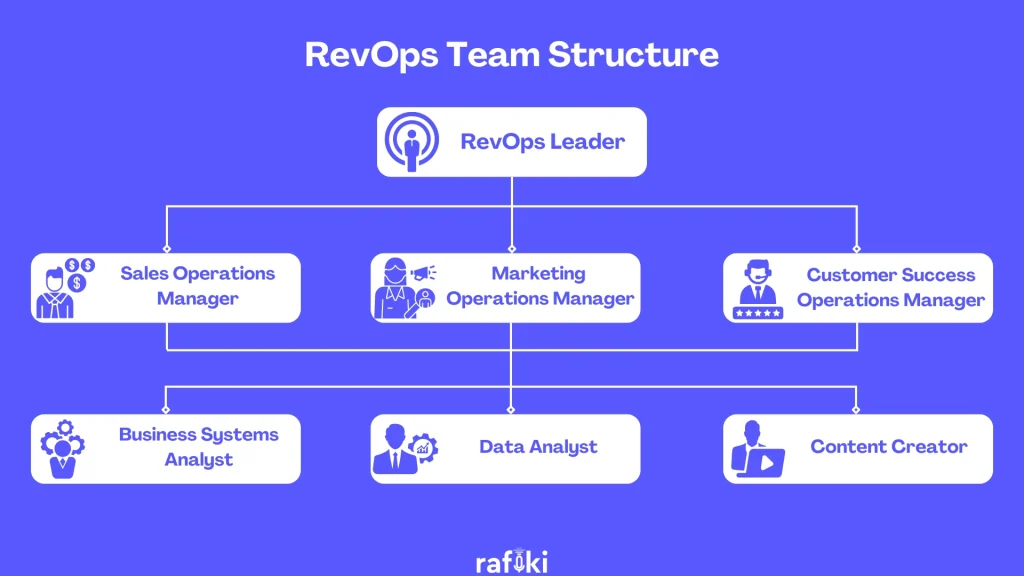
Keep in mind, the above illustration is an example. Depending on the business context, the structure you require can be different. Also starting out, your business would not need all these positions filled. But it provides a good overview of the direction in which your RevOps team can grow as they deliver more and more value.
What Does a RevOps Team Need From Revenue Leaders?
Building a high-performing RevOps team requires active support from revenue leaders. This isn’t just about budgetary approval; it’s about creating an environment where RevOps can flourish. First and foremost, revenue leaders need to clearly communicate the goals and objectives of RevOps. This vision should be well-defined and demonstrably linked to overall revenue growth. Furthermore, a long-term commitment to RevOps is essential. Building a data-driven, well-oiled revenue machine takes time, and consistent leadership buy-in is crucial for securing resources and fostering departmental collaboration.
Revenue leaders also need to recognize the importance of technology enablement. The right RevOps tools can automate tasks, unify data from various sources, and generate actionable insights. Investing in these tools empowers the RevOps team to streamline processes, optimize workflows, and ultimately, deliver significant value.
Finally, empowerment is key. RevOps initiatives often involve breaking down departmental silos and implementing new processes. Revenue leaders need to empower the RevOps team to make these necessary changes and overcome any resistance they may encounter. This fosters a culture of ownership and accountability within the RevOps team, allowing them to take the reins and drive positive change across the organization.
OKRs & KPIs
Now that we’ve gone through what RevOps does and need, let’s finish setting the context by looking at the challenges they face in their roles everyday:
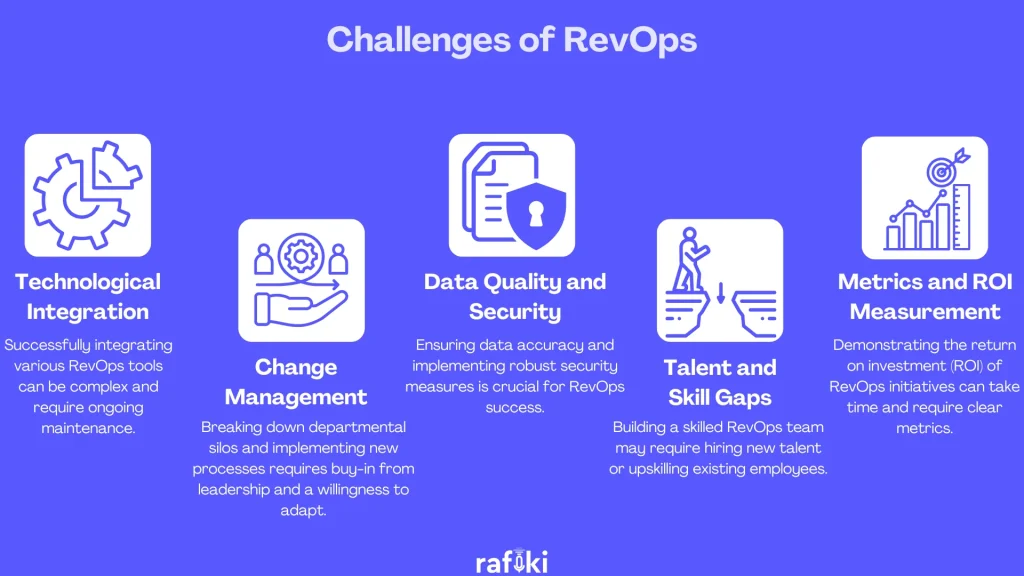
Just like how RevOps helps define OKRs & KPIs for other teams, they need their own clear objectives and a way to measure its success. Objectives and Key Results (OKRs) provide a goal-setting framework that aligns the RevOps team with broader company objectives. With the full context in mind, let’s look at some examples of OKRs for a RevOps team:
- Objective: Improve the efficiency of the sales funnel.
- Key Result 1: Reduce the average sales cycle time by 15% within Q3.
- Key Result 2: Increase the lead qualification rate by 20% by the end of the year.
- Objective: Enhance customer satisfaction and reduce churn.
- Key Result 1: Achieve a Net Promoter Score (NPS) of 70 or higher by Q4.
- Key Result 2: Decrease customer churn rate by 5% year-over-year.
Key Performance Indicators (KPIs) provide specific metrics to track progress towards achieving these OKRs. Here are some examples of KPIs relevant to RevOps:
- Sales funnel metrics: Lead conversion rate, sales cycle length, average deal size.
- Data quality metrics: Data accuracy rate, data completeness rate, time to data resolution.
- Customer experience metrics: Customer satisfaction score, customer retention rate, Net Promoter Score (NPS).
- Process efficiency metrics: Time spent on manual tasks, number of rework requests, process cycle time.
By setting clear OKRs and tracking relevant KPIs, RevOps teams can demonstrate their impact on the bottom line and ensure their efforts are aligned with overall company goals. For instance, utilizing a tool like Rafiki’s Smart Call Scoring can help measure the effectiveness of sales calls, contributing directly to achieving sales funnel efficiency OKRs.
The RevOps Advantage
RevOps is a strategic approach to aligning your revenue machine. By breaking down silos, harnessing data, and optimizing processes, RevOps empowers your teams to deliver exceptional customer experiences and drive significant growth.
Ready to unlock the RevOps advantage for your business? Rafiki’s features, like Smart Call Summary and Ask Rafiki Anything, can empower your RevOps team to streamline workflows and make data-driven decisions. Sign up for a free 14-day trial of Rafiki and discover how conversation intelligence can transform your revenue operations.
Unlock Revenue Growth
